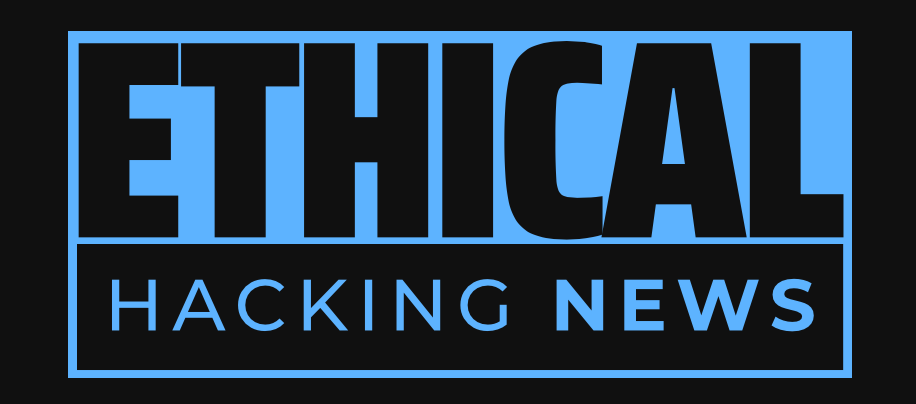Ethical Hacking News
The VoltyTyphoon botnet has re-emerged, employing the same core infrastructure and techniques that first came to light in May 2023. The group's activities pose a significant threat to U.S. critical infrastructure networks, highlighting the need for continued vigilance and proactive measures to counter these threats.
The VoltyTyphoon threat actor has re-emerged, employing similar tactics as seen in May 2023. The group's campaign targets various sectors, including communications, manufacturing, and government, indicating a deliberate effort to diversify its attack surface. VoltyTyphoon relies on living-off-the-land (LOTL) techniques, leveraging existing tools and systems to minimize detection. The group has demonstrated adaptability in tactics, linking the KV-Botnet to its operations in December 2023. VoltaTyphon has shown an increased interest in deploying customized web shells on compromised networks. The US government has taken steps to mitigate VoltyTyphoon's threat, but the group remains active and poses a risk to critical infrastructure networks.
The threat landscape has witnessed a plethora of cyber adversaries over the years, each with its own unique modus operandi and objectives. Among these, one group stands out for its persistence and adaptability – China's VoltyTyphoon threat actor. After a brief lull, the VoltyTyphoon botnet has re-emerged, employing the same core infrastructure and techniques that first came to light in May 2023. This resurgence of the VoltyTyphoon threat actor is not an isolated incident but rather part of a broader trend of state-sponsored cyber activities.
The VoltyTyphoon group's history dates back to at least mid-2021, during which time it carried out numerous cyber operations against critical infrastructure organizations in the United States and Guam. The most recent campaign saw the group targeting various sectors including communications, manufacturing, utilities, transportation, construction, maritime, government, information technology, and education. This indicates a deliberate effort by the VoltyTyphoon threat actor to diversify its attack surface, making it more challenging for defenders to identify and mitigate potential threats.
One of the most striking aspects of the VoltyTyphoon campaign is its reliance on living-off-the-land (LOTL) techniques. By leveraging existing tools and systems, the group minimizes the likelihood of detection. This approach allows them to remain under the radar while carrying out their objectives.
The VoltyTyphoon threat actor has also demonstrated a remarkable ability to adapt its tactics. In December 2023, Black Lotus Labs team at Lumen Technologies linked the KV-Botnet to the operations of China-linked threat actor VoltyTyphoon. The KV-Botnet is composed of end-of-life products used by small office/home office (SOHO) devices. This highlights a deliberate strategy to exploit vulnerabilities in older systems, which are often overlooked.
In recent months, the VoltyTyphon threat actor has shown an increased interest in deploying customized web shells on compromised networks. A notable example of this is the VersaMem web shell, a sophisticated tool developed through Apache Maven and tailored for targeting Versa Director systems. The malware was built using the Java Instrumentation API and Javassist toolkit to modify Java code in memory, thereby avoiding detection.
The U.S. government has taken steps to mitigate the threat posed by VoltyTyphoon, including neutralizing the botnet's C2 channels and deleting it from infected devices. However, despite these efforts, the group remains active, with experts warning of its presence within critical infrastructure networks. The Cybersecurity and Infrastructure Security Agency (CISA), National Security Agency (NSA), and Federal Bureau of Investigation (FBI) have jointly assessed that People's Republic of China (PRC) state-sponsored cyber actors warned of the APT group's intentions to disrupt or sabotage U.S. critical infrastructure in the event of a major crisis or conflict.
The resurgence of the VoltyTyphoon threat actor serves as a stark reminder of the ever-evolving nature of cybersecurity threats. As adversaries adapt and improve their tactics, it is essential for defenders to remain vigilant and proactive in countering these threats. The ongoing cat-and-mouse game between state-sponsored actors like VoltyTyphoon and organizations responsible for defending critical infrastructure will undoubtedly continue to shape the threat landscape in the years to come.
Related Information:
https://securityaffairs.com/170872/apt/volt-typhoon-botnet-has-re-emerged.html
Published: Wed Nov 13 15:50:10 2024 by llama3.2 3B Q4_K_M

